Level Sensors

Level sensors are designed to monitor liquids and powders. These devices feature radar, ultrasonic or guide pulse technology. These can be used as a simple level gauge or for accurate real-time measurement of level. None of these devices have moving parts which means they outlast alternative technology.
Product Lineup
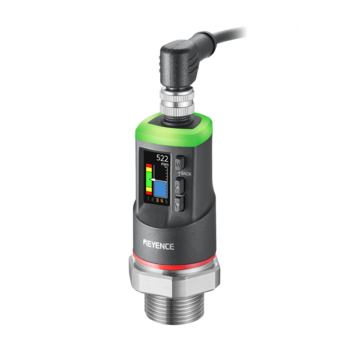
The FR Series uses radar technology to accurately detect and monitor tank level on both liquids and powders. This series can detect up to 15 m (49.2′) with standard, chemical and sanitary options available. The FR Series is also unaffected by environmental factors like turbulence, steam and dust.
Features
Non-Contact with Stable Detection
The FR Series is completely non-contact with a measurement range of up to 15 m (49.2′). The latest in radar technology allows for stable detection in nearly any application. Additional functionality has also been developed to ensure reliable detection in the most challenging situations.
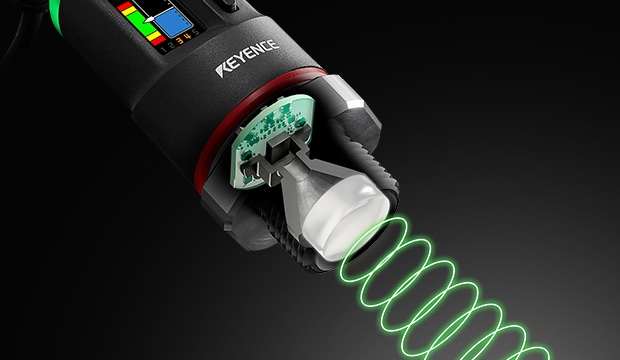
Radar technology
Mount Anywhere
The FR Series can be mounted anywhere without any limitations. Unlike typical level sensors that have rigid mounting requirements, the FR Series offers versatile mounting to meet the needs of any application. No more false detections caused by incorrect mounting.
-
1Tank structure doesn’t matter
-
2Obstructions don't matter
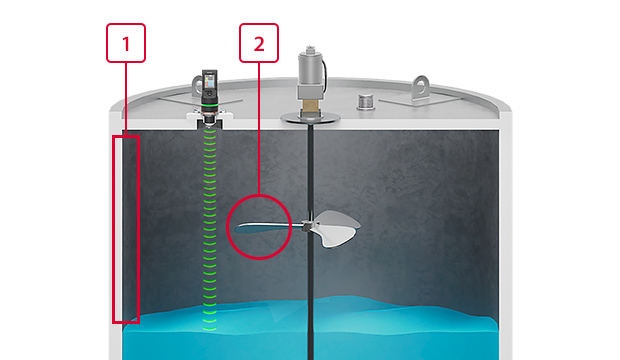
Install in Any Environment
Many level sensor technologies have significant issues with their environment. The FR Series can handle a variety of harsh environmental conditions, such as steam, smoke, dust, etc..
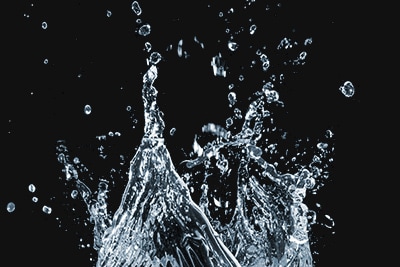
Turbulence
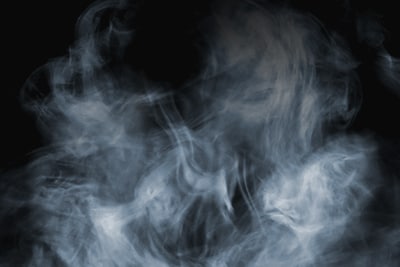
Steam
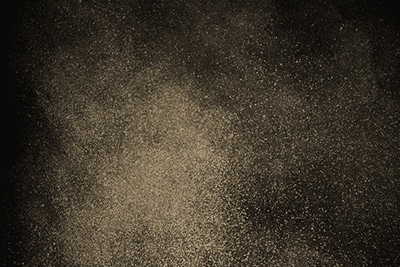
Dust
Detect Any Target
The FR Series has the benefit of using radar so different targets do not play a factor in detection. The FR Series can detect a wide range of mediums such as water, chemicals, oils, and even powders.
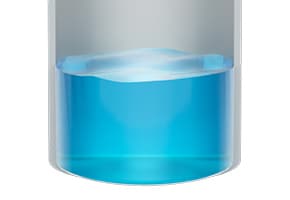
Water

Chemical
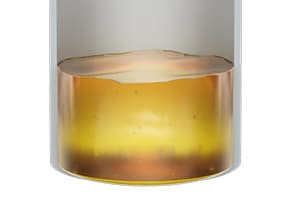
Oil
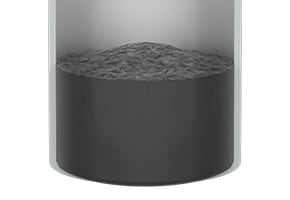
Powder

Features

Stable Detection at All Times
The new "Sensing Guide Pulse Method" allows for the detection of liquids while ignoring obstacles in the environment. This is achieved while also automatically adjusting to account for build-up.

Conventional Issues Eliminated
The FL Series solves all problems of conventional level sensors that lead to false detection. This helps prevent costly downtime from situations such as boil-dry, tank overflow, or unintended liquid depletion.
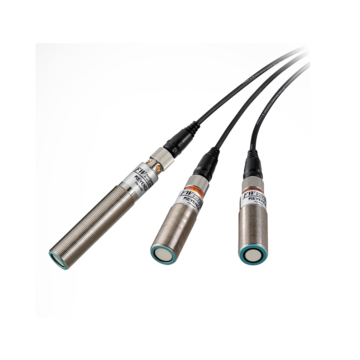
FW Series high power digital ultrasonic sensors are super multi-reflective, non-contact level switches that can perform stable detection of any target. They are not affected by the color, pattern, luster, or transparency of surfaces, so they can be used for any target, including liquid levels, metal, and glass. The IP67-compliant sensor heads have excellent environmental resistance and emit powerful ultrasonic waves that penetrate some dust and dirt to detect workpieces. The newly included A.W.S. (active wave stabilizer) algorithm eliminates the influence of target vibration or ambient light. The N.O.D. (nearest object detection) function detects only the nearest target without being affected by the luster or shapes in the background. This makes it possible to perform stable detection of any target in any installation environment.
Features
Can Be Used for All Types of Targets
The FW Series easily detects metal, glass, liquid level or other targets that have been difficult to detect with reflective-type photoelectric sensors. Also, the detections are not influenced by the color, pattern, or luster of the target surface.

High Stability and Reliability
A new algorithm A.W.S. (Active Wave Stabilizer)* stabilizes detection while avoiding the influence of target vibration or external disturbances.

Level sensors are instruments used to detect or measure the level of liquid or powder in tanks or containers. They are largely divided into level switches and level gauges.
Level switches are sensors that detect the amount of material in a container at a specific point. One type of level switch detects the level based on contact type sensors installed at the upper and lower limits of the level. Another type accurately detects the distance between the sensor head and the content in the container. This type commonly uses ultrasonic waves from inside near the top of container.
Level gauges are instruments that continuously detect or measure level from inside, near the top of containers. They allow for management of the remaining amount with greater accuracy as compared with level switches. They are also called continuous level gauges, level meters, or liquid level gauges.

A: Level gauge (continuous level gauge), B: Level switch (for upper limit detection), C: Level switch (for lower limit detection)
Benefits of Level Sensors
Even when the amount remaining in a container cannot be checked visually, level sensors can measure the remaining level continuously. This can prevent problems from occurring such as running out of material or boiling dry in a heating tank.
Using a level sensor prevents problems such as those caused by empty material tanks. When a level switch is installed and the lower limit value is set, the material can be replenished in an appropriate amount of time. Using a level gauge allows for continuous checking of the remaining level. Outputs or alarms can be set throughout the level to ensure appropriate replenishment. Furthermore, some problems can be identified early, preventing larger issues. For example, if the remaining level does not change continuously despite the fact that the facility is operating, this can indicate a clog is present.
Selecting level sensors with no moving parts will reduce the risk of malfunction. For example, stable operation can be achieved by selecting ultrasonic level switches that can detect and measure targets without contact. Certain "probe-type" level sensors can be affected by muddy water, viscous liquids, or dirt.
Liquid level sensors using moving parts, such as conventional float types that monitor a float or displacer types, have a high risk of damage or malfunction and require frequent maintenance. Due to their design, they are not suitable for viscous fluids. Ultrasonic level switches can detect liquid levels without contact and guide pulse level gauges provide excellent sensing performance and are less affected by viscous fluids and build-up. Since these instruments do not have any moving parts, they reduce the risk of malfunction, offer higher stability, and require less maintenance.
It is impossible to constantly monitor the level sensors display, at the tank. In addition to the level, there are often other items also being managed such as pressure, temperature, and flow rate. Level sensors that support IO-Link allow for smart operation through easy network connection with simplified wiring.
The usage of IO-Link masters is increasing because they can connect multiple different IO-Link sensors on a one-to-one basis with just an M12 connector. This eliminates conventional time-consuming wiring, dramatically reduces the number of cables, and reduces the sources of problems. For example, KEYENCE’s FR and FL Series can be connected to an IO-Link master with a single cable. Since multiple types of sensors can be connected at the same time, not only tank level but pressure and temperature inside the tank and the flow rate in the piping can be managed easily as well.
Level Sensor Case Studies
Liquid level management in production facilities: Managing the remaining and used amounts of chemicals used for cleaning (cleaning agent)
Various chemicals are used in cleaning processes. Liquid level sensors are used for management of these chemicals used in the cleaning process (cleaning agents). Monitoring the liquid level allows for accurate management of the remaining and used amounts of chemicals. Conventional level sensors, however, are mostly made of metal and not suitable for liquid level management of these chemicals. KEYENCE’s FL Series sensing guide pulse level sensor offers a plastic type, which can be used for all chemicals, including hydrochloric acid, nitric acid, and hydrogen fluoride. In addition to chemicals, this model is not affected by corrosive solutions and viscous fluids, so it can be reliably used for any type of chemical.
Liquid level management in production facilities: Managing the remaining and used amounts of coolant
In production facilities, a wide variety of fluids and solutions must be managed. This includes liquid level monitoring (remaining level management) of liquids in tanks such as coolants, oils, greases, and other lubricants. Using a liquid level sensor is an effective way to maintain the proper amount of coolant or operating oil to operate facilities efficiently. These sensors can also discover problems in advance as well as save energy. Conventional level sensors, however, have major issues with false detection caused by dirt, foam, and condensation. KEYENCE’s FR and FL Series can measure liquid level stably at all times, without false detections caused by liquid conditions. It can be used for both water and oil with accurate detection even when the liquid contains solid particulates. Detection is also not affected by the viscosity of the liquid.
Level detection of various workpieces and materials such as metal and glass
Ultrasonic level sensors (level switches) allow for detection of not only liquid surfaces but also various workpieces, such as those made of metal or glass that are hard to detect with reflective photoelectric sensors. KEYENCE’s FW Series high power digital ultrasonic sensor can perform detection without being affected by background or color changes. Processes such as handling black tires, PCBs, black rubber sheets, and other workpieces with low reflectivity are not an issue. It also allows inline detection of targets without being affected by transparency, color change, or glossy backgrounds. These include glass wafers with water droplets on them, curved glass panes for automobiles, transparent containers with curved surfaces, and cans with minute patterns and characters printed on their surfaces. In resin molding machines, the remaining amount of molding material (pellets) in the hopper can be detected. The level can be detected even when the color of pellets is changed.
There are various types of level sensors designed for different applications and characteristics. This section introduces typical types of level sensors suitable for each application. Important considerations in selecting a level sensor, such as contact with targets and the use of moving parts are also described.
Major applications and suitable level sensors
Liquid level detection of water, oil, and chemicals
Float type (contact type, moving parts used):
This type is low cost and can be used for various types of liquids. However, they may not be useable for some highly viscous liquids, liquids of low specific gravity, or in high-temperature or high-pressure locations.
Guide pulse type (contact type, no moving parts used):
High performance and low maintenance. Since the detection is based on a reflection phenomenon, it is not affected by the type or condition of liquids. This is a contact type, so care must be taken in locations where a high degree of cleanliness is required.
Liquid level detection of water, oil, and chemicals; liquid level control at multiple points
Displacer type (contact type, moving parts used):
Low cost and high environmental resistance. The sensor length can be changed with wire and the float position can be set as desired. Operation may be affected by build-up or float position. Readjustment is required when the specific gravity of the liquid changes.
Liquid, slurry, powder and other targets in every form
Ultrasonic type (non-contact type, no moving parts used):
Non-contact detection is less affected by build-up and handling is easy. However, these sensors cannot be used in a vacuum. Detection may not be possible in environments at high temperature or high pressures, or with dust or obstacles.
Capacitance type (contact type, no moving parts used):
These sensors are high performance and can detect and measure even in harsh environments such as at high temperatures or pressures. Measurement is impossible when the permittivity of the liquid changes. Adjustment using an empty tank is required.
Slurry level
Pressure type (contact type, no moving parts used):
These sensors are low cost and can be used for various liquids. The structure and installation are simple and the accuracy is high. Under high temperature or high pressure, errors may become larger. Measurement is impossible at times. The continuous reading type can be attached only at the bottom of the tank.
Liquid level detection of conductive liquids
Electrode type (contact type, no moving parts used):
Low cost. An electrode pole of the necessary length can be connected. These sensors can be used outdoors. Insulators cannot be detected. The detection is easily affected by build-up. Multi-point setting is difficult and continuous measurement is impossible.
Key points in selecting level sensors
With models that make contact with targets, it is necessary to select one that is resistant to false detection due to dirt. In many cases, models that use moving parts require more frequent maintenance and present higher risks of malfunction during operation. This section introduces one contact type model and one non-contact type model of level sensors that can be used for various targets and various installation conditions.
Contact type, no moving parts used
The conventional disadvantage of this method was false detection due to dirt on the probe (the part that makes contact with liquid). We have solved this problem by using sensing technology and algorithms to offer flexible installation, stability, and low maintenance. The sensor also supports IO-Link, so it is suitable for the latest factory automation environments.
Non-contact type, no moving parts used
This device uses a highly linear millimetre-wave radar and boasts excellent environmental resistance. Proprietary analysis algorithms capture only the target that is to be measured, even in the case of complicated incoming radio waves. Stable detection is possible for all targets and environments.
Frequently Asked Questions About Level Sensors
Some types of liquid level sensors may be affected by shape or obstacles. KEYENCE’s FR and FL Series is not affected by surrounding obstacles. By using the automatic environment update algorithm, the sensor can sense the reflected waves, recognize obstacles, and account for unique internal shapes. This eliminates false detection caused by the installation environment. The data of waves reflected from the surroundings is updated in real time, ensuring detection of the liquid surface only. Consequently, the sensor can be installed without worries about the internal shape or mixing blades in the tank.
KEYENCE’s FR Series sensing radar level sensor is non-contact, so it can handle water, liquid chemicals, oils and even powders. Eliminating concerns regarding the usage scenario. KEYENCE’s FL Series sensing guide pulse level sensor can detect any type of liquid, so it is unnecessary to change the settings when the liquid changes. The sensor is equipped with an automatic permittivity adjustment algorithm that automatically determines the type of liquid being measured. It automatically adjusts the detection sensitivity according to the liquid. This allows the sensor to detect various liquids including water, oils, and chemicals with a single probe without any adjustment.
With a capacitance type level sensor, highly viscous fluid such as egg white, mayonnaise, or gelatin clinging to the probe may affect the measurement value. It takes time and labor to clean these viscous liquids off the sensor. KEYENCE’s FR Series sensing radar level sensor is unaffected by the adhesion of substances on the surface of the lens, eliminating the need for maintenance after installation. It therefore increases productivity. KEYENCE’s FL Series sensing guide pulse level sensor can continue stable detection even after the probe gets dirty by using the probe sensing algorithm that automatically optimizes liquid level detection. In short, the FL can differentiate between the liquid level and build-up on the probe. If the accumulation or environmental changes are too great to allow for stable detection, a warning signal can be issued before problems occur. This can minimize the frequency of sensor cleaning.

